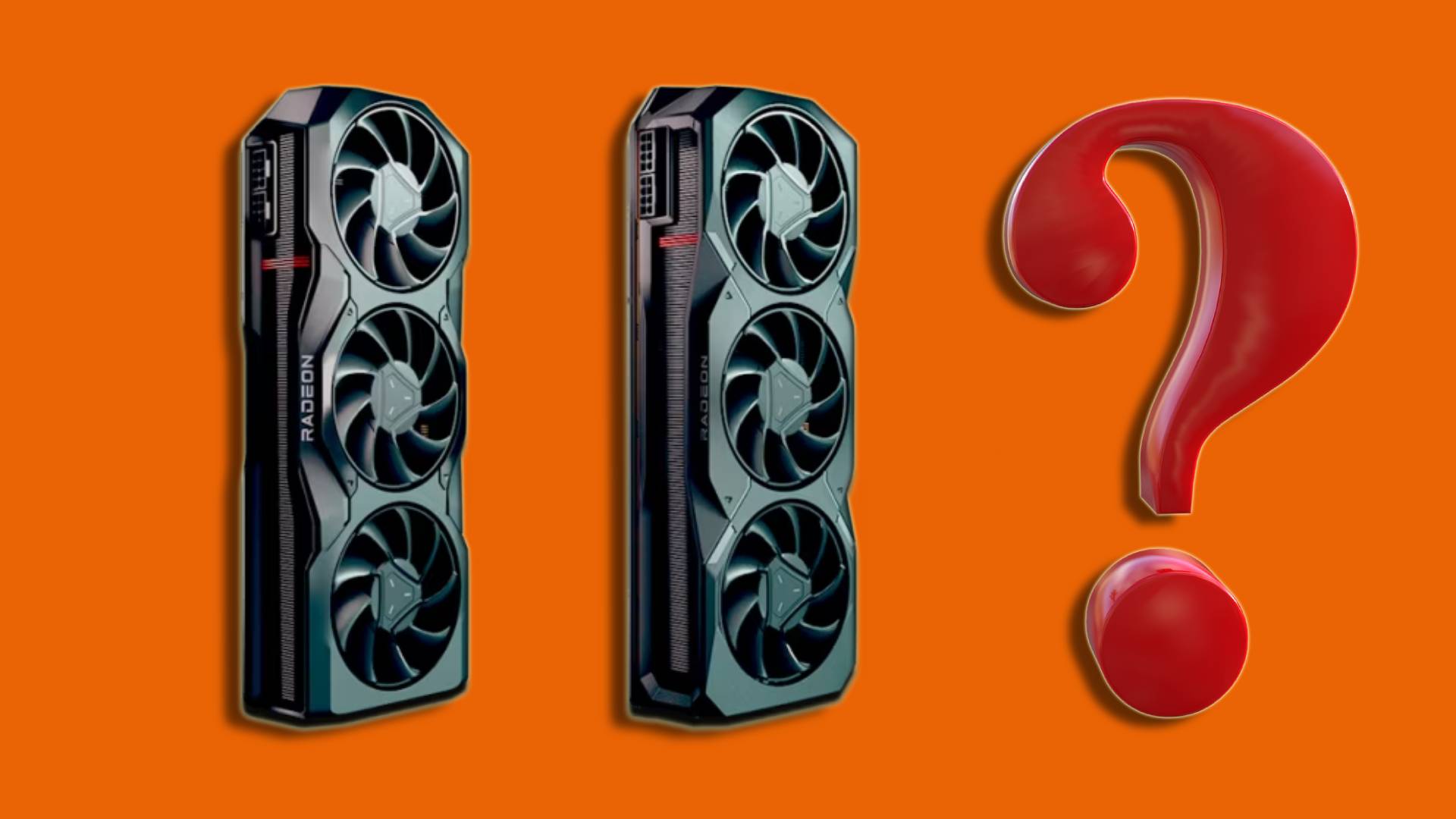There's PSU requirement being higher and then there's PSU requirements being higher than at least the model of card above it in the stack.It's a powercolor overclocked model so of course the PSU requirement is higher than an amd founders card. That's not rocket science
As for the core count, I spose they could be wrong but this is not a Twitter leaker that can say anything, it's an AMD board partner accidentally releasing specs early for an unannounced product on their website, so it's 100 times more likely to be correct than anything coming from someone like MLID
Just because it's an AMD partner it does exclude that they just used placeholder specs.


